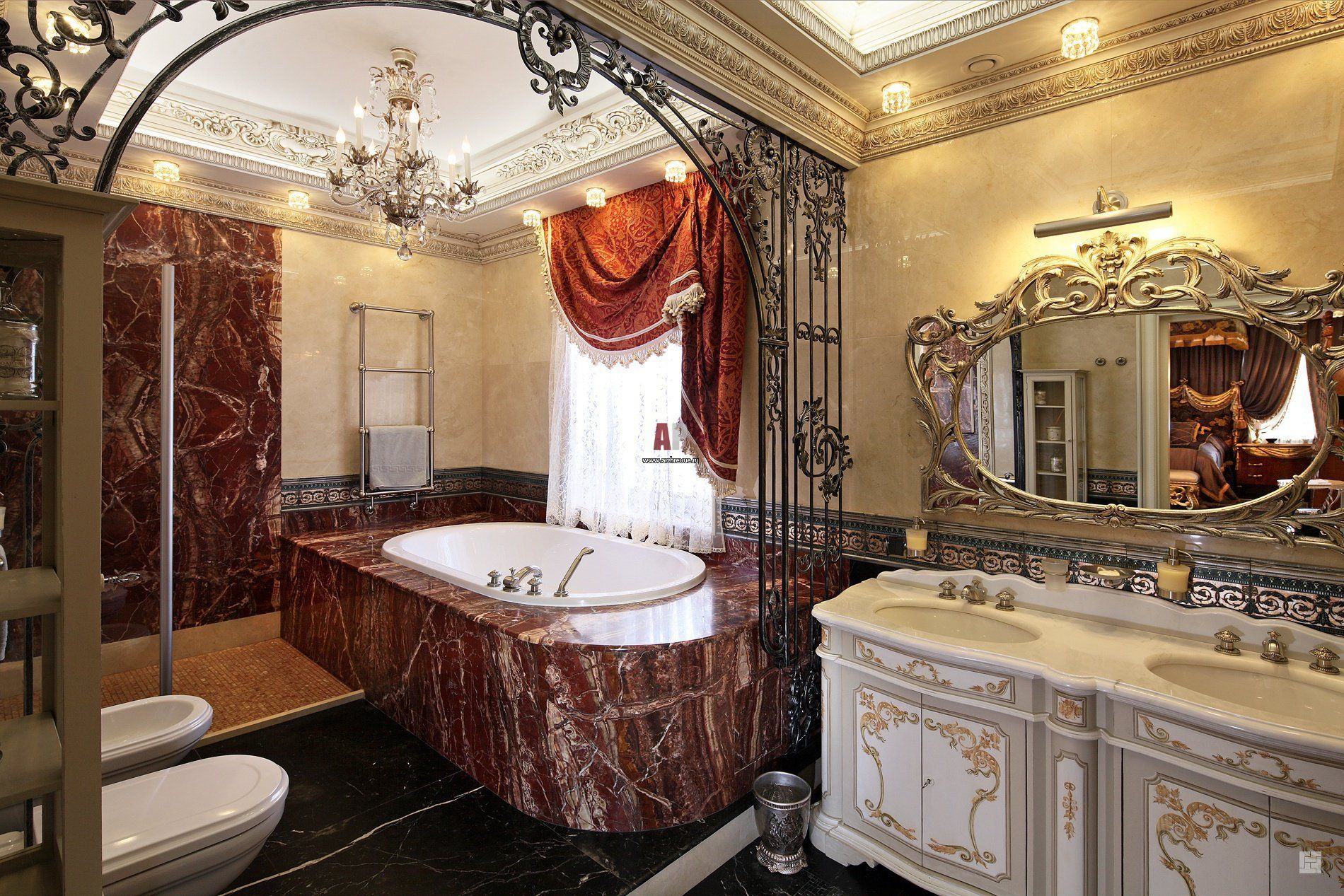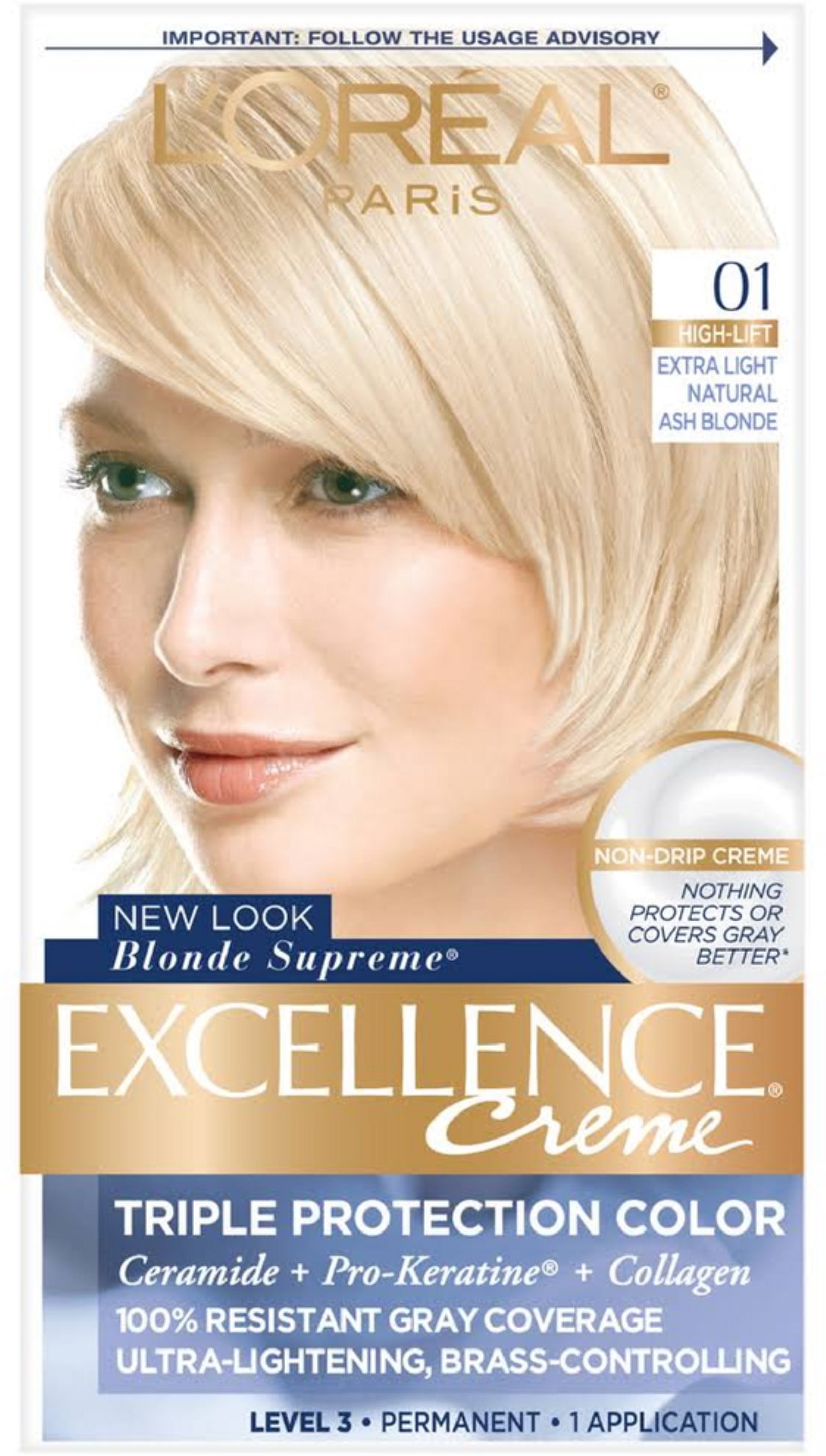Table Of Content

Baroque's influence extended from Italy and France to the rest of Europe, and then travelled via European colonial initiatives, trade and missionary activity to Africa, Asia, and South and Central America. Its global spread saw Chinese carvers working in Indonesia, French silversmiths in Sweden and Italian hardstone specialists in France. Sculpture was sent from the Philippines to Mexico and Spain, whilst London-made chairs went all over Europe and across the Atlantic, and French royal workshops turned out luxury products that were both desired and imitated by fashionable society across Europe.
What is the importance of Baroque architecture?
cerith wyn evans suspends neon squiggle installation within baroque church in vienna - Designboom
cerith wyn evans suspends neon squiggle installation within baroque church in vienna.
Posted: Mon, 05 Feb 2024 08:00:00 GMT [source]
Other French artists, most notably Georges de La Tour, were influenced by Caravaggio's tenebrism but turned away from dramatic action and effects. Painting primarily religious subjects, he innovatively explored nocturnal light, employing geometric compositions and simplified forms to convey a calm and thoughtful spirituality. La Tour's work was influential in his time, as King Louis XIII, Henry II of Lorraine, and Cardinal Richelieu were patrons of his work. Louis, Antoine, and Mathieu Le Nain collaborated on most of their works, and their genre scenes emphasized the realism of everyday labor, as seen in their The Blacksmith at His Forge (c. 1639) and Peasants' Meal (1642). This dynamic painting depicts the Biblical story of the pious widow Judith and her attendant Abra as they behead the struggling Assyrian general Holofernes. When Holofernes besieged and threatened to destroy her city, Judith adorned herself and went out to meet him on the pretext of offering information.
Italian Baroque
The church commissioned architects to reimagine many of the elements of Renaissance architecture—like domes and colonnades—and make them grander and more dramatic. Inside, almost all design decisions were made to entice visitors to look up, with the goal to make worshipers feel as if they were looking into heaven. Quadratura or trompe-l’oeil paintings on the ceilings or winding columns that evoked upward movement were often employed as part of this. One last difference between Baroque and Rococo is the interest that 18th century aristocrats had for East Asia.
Baroque Nails Are a Maximalist's Dream Manicure - POPSUGAR
Baroque Nails Are a Maximalist's Dream Manicure.
Posted: Wed, 23 Aug 2023 07:00:00 GMT [source]
Central Europe

The resulting style, emphasizing a surface in motion, was called "entallador" and was adopted throughout Spain and Latin America. An example of the Baroque's theatricality can be found in Gianlorenzo Bernini's (1598 – 1680) design for St Peter's Square. Its grand, imposing curved colonnades, centred on an obelisk, are used to both overwhelm the visitor and to bring them into the church's embrace. Baroque style may seem out of step with modern decor, but it remains an influence for contemporary interior designers and home decorators alike, who often embrace a Baroque minimalist approach to incorporating the interior design style. In the Philippines, which was a Spanish colony for over three centuries, a large number of Baroque constructions are preserved.
Major Baroque architects and works, by country
New techniques, such as marquetry (the laying of veneers of differently coloured woods onto the surface of furniture), developed by French and Dutch cabinet-makers and learned from them elsewhere, were also developed. Imposing architecture was also used to reinforce the power of absolute rulers, such as with the Palace of Versailles, in France – the most imitated building of the 17th century. In 1717, the Swedish architect Nicodemus Tessin the Younger compiled a "treatise on the decoration of interiors, for all kinds of royal residences, and others of distinction in both town and country", based on his own travel notes. One of the most expensive, recent innovations he recorded was the presence of mirrors so large they covered entire walls.
The Eixample district, designed by Ildefons Cerdà, showcases wide avenues in a grid system with a few diagonal boulevards. The intersections are very unique with octagonal blocks, which provide the streets with great visibility and light. [160] Many works in this district come from architect Antoni Gaudí, who displays a unique style. Centered in the Eixample district design is the Sagrada Família by Gaudí, which poses great significance to the city.
Ecstasy of Saint Teresa
It was also one of the first architectural styles to spread globally and a prime example of the way architecture is used to convey cultural messages. Executed in the French Baroque style, the Palace of Versailles is often cited as one of the most notable royal residences in the world. As the seat of the Bishop of London, St. Paul’s Cathedral is one of the most celebrated Baroque buildings in England. It’s considered a more restrained version of the Baroque style, and the large dome of the cathedral remains one of the most recognizable parts of of the London skyline. Commissioned in 1634 and built between 1638 and 1646 (the façade was later added in 1677), this Roman church was designed by Francesco Borromini as a monastery for a small group of Spanish monks.
France
To portray her mystical encounter, Bernini followed the Spanish nun's autobiographical account in The Life of Teresa of Jesus ( ). The sculptures are illuminated within the backdrop while at the same time the richly colored framing columns and niches place the nun and angel within a separate, otherworldly space. Theatre boxes, visible on the left and the right, containing life-sized sculptures of the Cornaro family in animated conversation, heighten the effect. The contrast of the human figures in white marble with the colored marble of the settings subtly conveys an underlying identification between the vision of the saint and the vision of the papal family. Known as the Counter-Reformation, Baroque architecture was part of the Church’s campaign to entice congregants back into Catholic worship. By constructing churches to inspire awe and emotion, Catholics believed they could attract parishioners back to them.
Portuguese Baroque
The ray then breaks into four diagonal rays, representing the light of Christianity reaching the four continents of the world, and symbolizes the missionary work of the Jesuits. Also depicted are many Biblical warriors with their foes including David and Goliath, Jael and Sisera, Samson and the Philistines, and Judith and Holofernes. This innovative choice of subject matter reflected the militant Catholicism of the Counter-Reformation and the apostolic zeal of the Jesuits, seeing themselves as "warriors" for the faith. To achieve this effect, the artist employed extreme foreshortening, painted architectural motifs, and strict perspective, while emphasizing a dramatic swirling movement. A metal disk was placed in the floor of the nave, marking the spot where the viewer should stand to see the work with full effect, as the artist said, "To deceive the eyes, a certain fixed point" is needed.
Under the rule of Napoleon III, Haussmann was appointed to reconstruct Paris by adding a new network of streets, parks, trains, and public services. Some of the characteristics of Haussmann's design include straight, wide boulevards lined with trees, and short access to parks and green spaces. The buildings are single-room basilicas, deep main chapel, lateral chapels (with small doors for communication), without interior and exterior decoration, simple portal and windows. It is a practical building, allowing it to be built throughout the empire with minor adjustments, and prepared to be decorated later or when economic resources are available. Caravaggio, too, was rediscovered, but not until the mid-1900s, and his work has subsequently influenced photographers, filmmakers, and artists. A revival of interest in Bernini's architectural work is noted by a number of contemporary architects, including I.
Artists followed suit by reviving Renaissance ideals of beauty, infusing into the era's artwork, music, and architecture a revived nod to classicism further enhanced by a new exuberant extravagance and penchant for the ornate. This highly embellished style was coined Baroque and became marked by its innovative techniques and details, delivering a lush new visual language into what had been a relatively toned down period for art. Baroque disseminated throughout Europe, primarily led by the Pope in Rome and Catholic rulers in Italy, France, Spain, and Flanders.
The term Baroque probably derived from the Italian word barocco, which philosophers used during the Middle Ages to describe an obstacle in schematic logic. Another possible source is the Portuguese word barroco (Spanish barrueco), used to describe an imperfectly shaped pearl. In art criticism the word Baroque has come to describe anything irregular, bizarre, or otherwise departing from rules and proportions established during the Renaissance. Until the late 19th century the term always carried the implication of odd, exaggerated, and overdecorated. It was only with Heinrich Wölfflin’s pioneering study, Renaissance und Barock (1888), that the term was used as a stylistic designation rather than as a term of thinly veiled abuse and that a systematic formulation of the characteristics of Baroque style was achieved. This technical progress then spread to the other furniture-making hubs of France, Germany, England, and Italy.

No comments:
Post a Comment